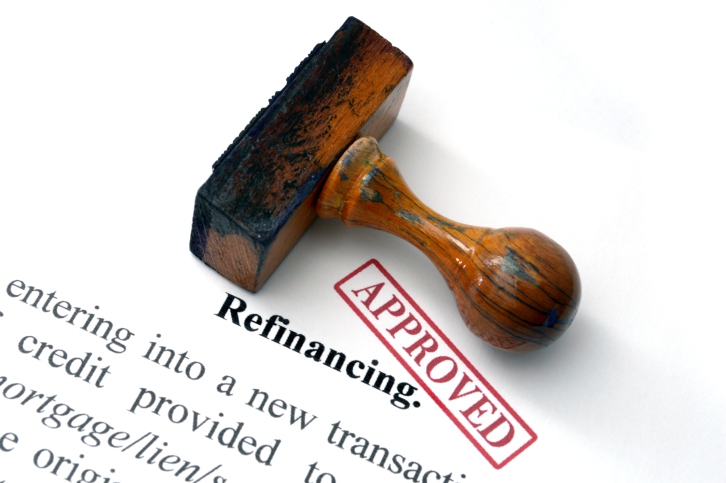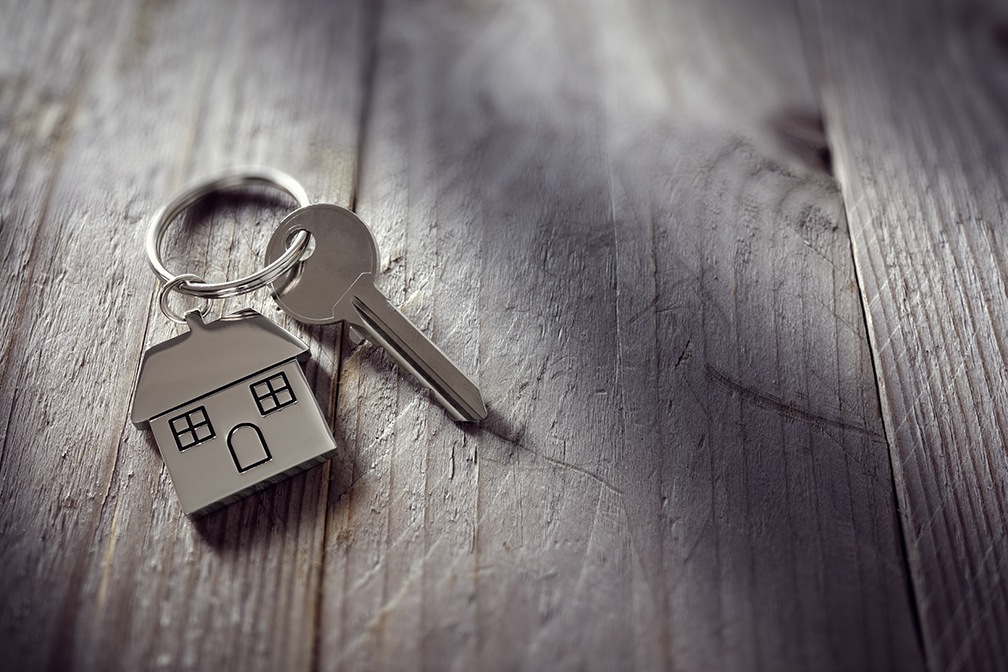Why Should One Consider Refinancing Their Mortgage Now?
 Refinancing a mortgage is a golden opportunity to lock in today’s low interest rate for the next 15 or 30 years. While interest rates now are still low, there’s a good chance they may be heading up in the coming months.
Refinancing a mortgage is a golden opportunity to lock in today’s low interest rate for the next 15 or 30 years. While interest rates now are still low, there’s a good chance they may be heading up in the coming months.
The Fed may not maintain the current bond purchasing level forever, and any changes that the Fed makes will likely affect mortgage interest rate levels.
As interest rates remain near low for 30 and 15 year mortgages, homeowners can benefit greatly from a refinance. Several types of people in particular should consider refinancing.
Carrying a high rate
Anyone with an interest rate well above today’s level should think about a refinance. Unless the homeowner is planning to sell within the next few years, a refinance will almost always save money in the long run if the rate can be lowered by at least a percent.
Switching from FHA to conventional
Given that FHA mortgages now carry mortgage insurance premiums for the life of the loan, it makes a lot of sense for borrowers to switch away from them when they can. Refinancing may be possible once the homeowner has built up enough equity to qualify for a mortgage from a traditional lender, without the burden of mortgage insurance.
ARM coming up on adjustment
The low rate of an adjustable rate mortgage may not stay low beyond the first few years of the mortgage. After this point, the rate adjusts each year based on market trends. Rather than paying the adjusted rate, which is almost always higher, homeowners can refinance into a new fixed rate mortgage to lock in one of today’s low fixed rates for the duration of the mortgage.
Cash out to consolidate debt
Homeowners carrying high-interest debt, like credit cards and personal loans, can often benefit from consolidating it into their mortgage. As long as they maintain at least 20 percent equity in their home, they can get a cash-out refinance for an amount higher than their current mortgage balance. They can then use the difference to pay off high-interest debt.


 Whether you have recently graduated from college or are getting close to retirement, it’s likely that you have given some thought as to how you can grow your net worth. You might have invested in stocks, picked up a few bonds or have a 401(k) plan set up to help fund your retirement. But have you considered buying real estate as part of your portfolio?
Whether you have recently graduated from college or are getting close to retirement, it’s likely that you have given some thought as to how you can grow your net worth. You might have invested in stocks, picked up a few bonds or have a 401(k) plan set up to help fund your retirement. But have you considered buying real estate as part of your portfolio?